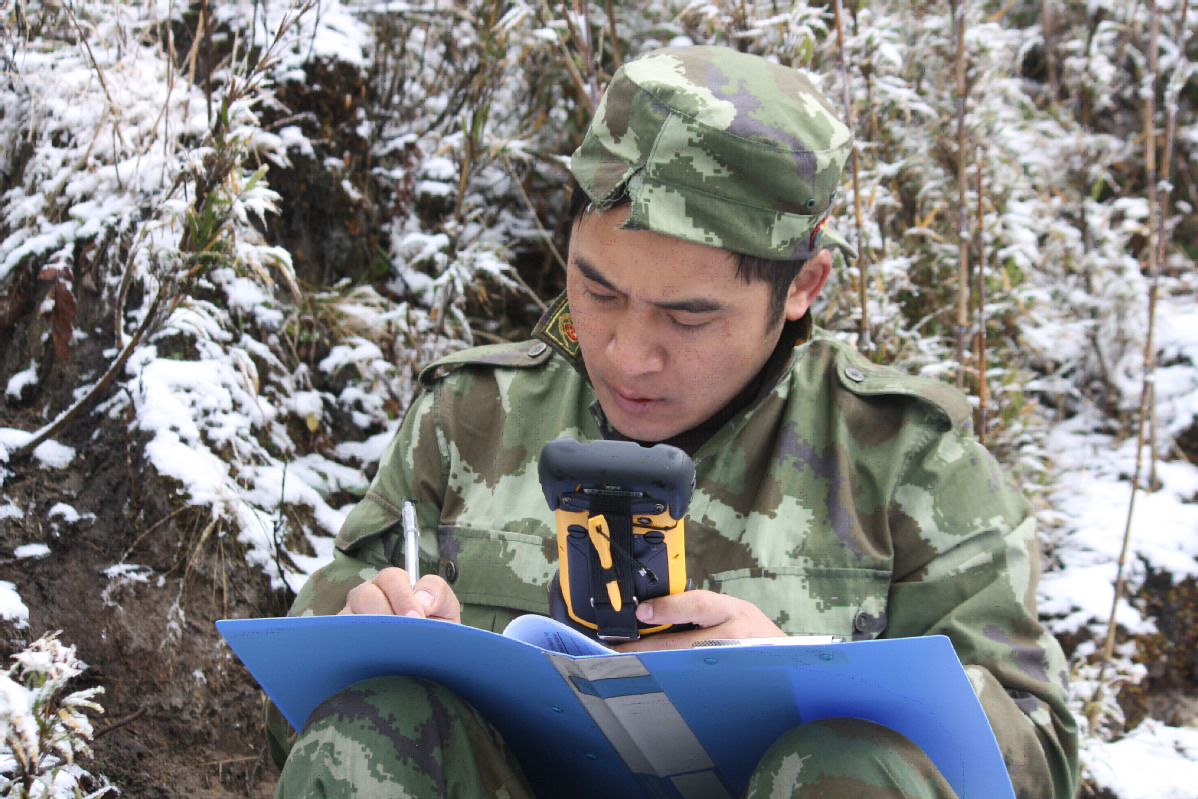Giant panda conservation efforts lead to population growth


"Population assessment is a challenge in wildlife conservation research, especially for forest dwelling animals like giant pandas, which are often difficult to directly observe and count, and can only be assessed through collecting relevant trace information," said Xu Weihua, vice-president of the Institute of National Parks.
In the third national giant panda survey that started in 1999 and the fourth that started in 2011, researchers set up survey lines every two square kilometers in key areas within the panda distribution range. In areas with fewer pandas, survey lines were set up every six sq km.
"This is a high-intensity information gathering density. Surveyors collected data on panda feces, bite marks, and used distance and bite mark differentiation methods for a comprehensive analysis to evaluate the population of giant pandas nationwide," Xu said, noting that both methods are scientifically validated and effective for conducting surveys on wild populations.
The distance differentiation method involves calculating the distance between panda trace points obtained during field surveys, such as feces, footprints and hair, to determine if they come from the same panda, thereby confirming the number of pandas in the area.
"Giant pandas are solitary animals, and except during mating and seasonal vertical migration periods, their movement within a certain time frame is limited and stable. By determining the home range and dispersal ability of giant pandas, we can confirm whether trace points belong to the same panda. If the distance between two trace points exceeds the normal activity range of a giant panda, it is preliminarily determined that there is more than one panda in the area," said Xu explaining the scientific basis of this method.


















